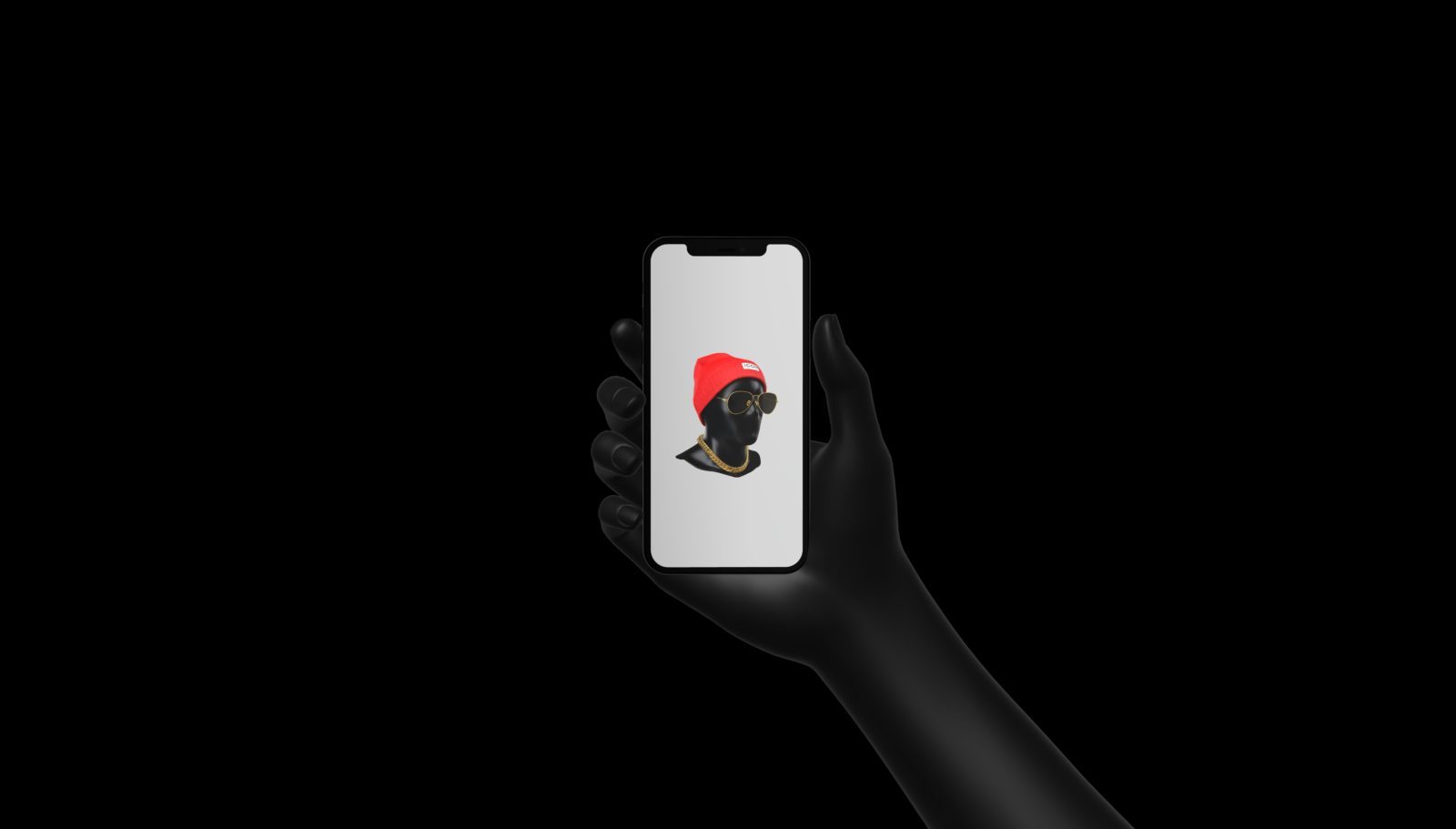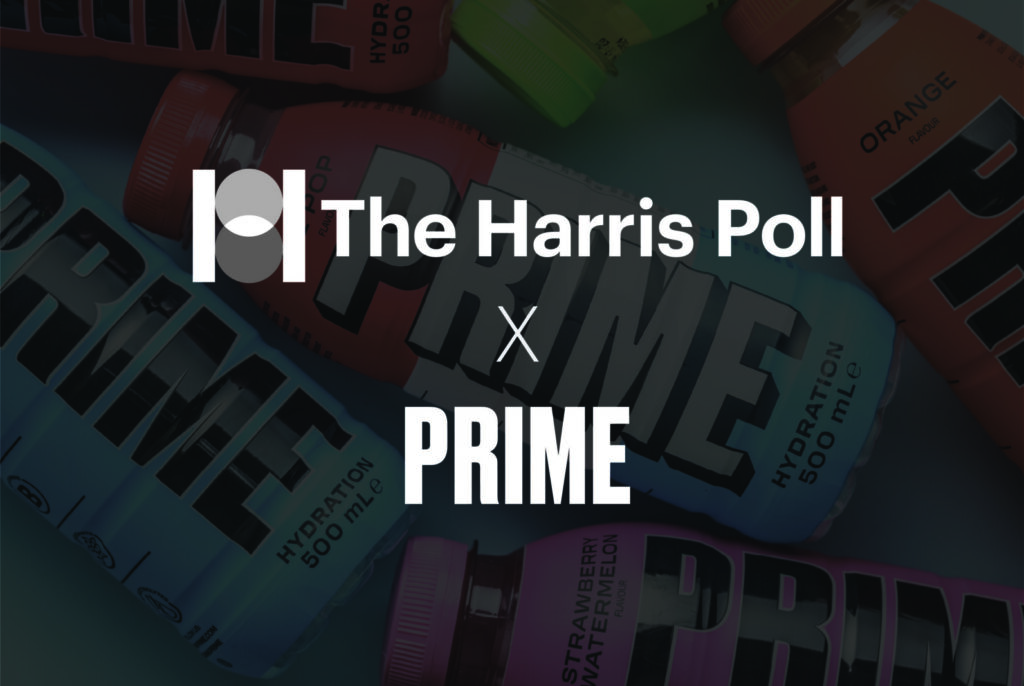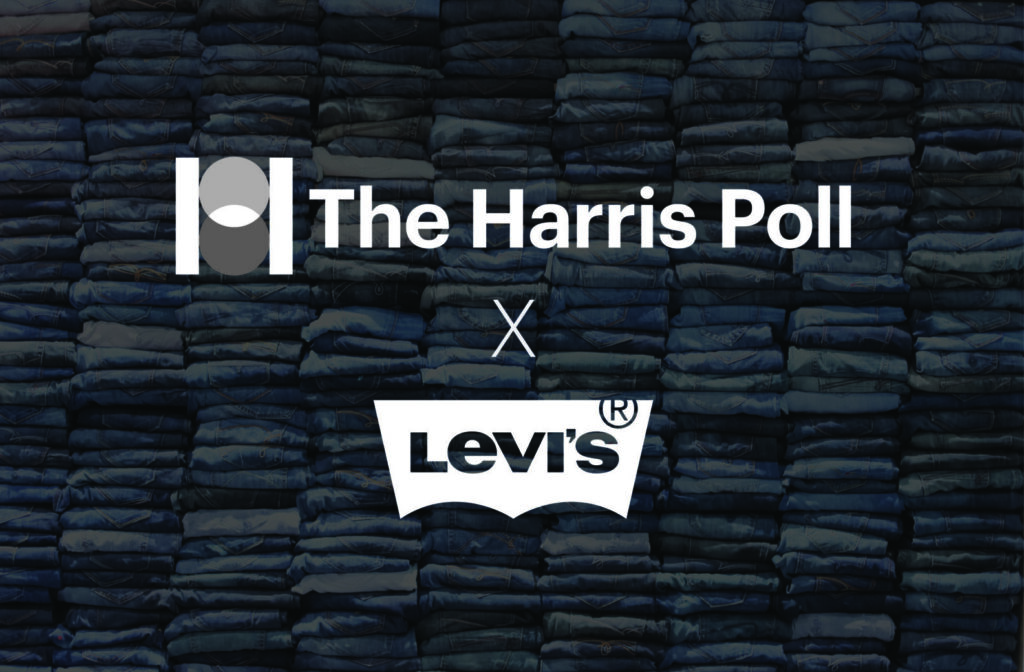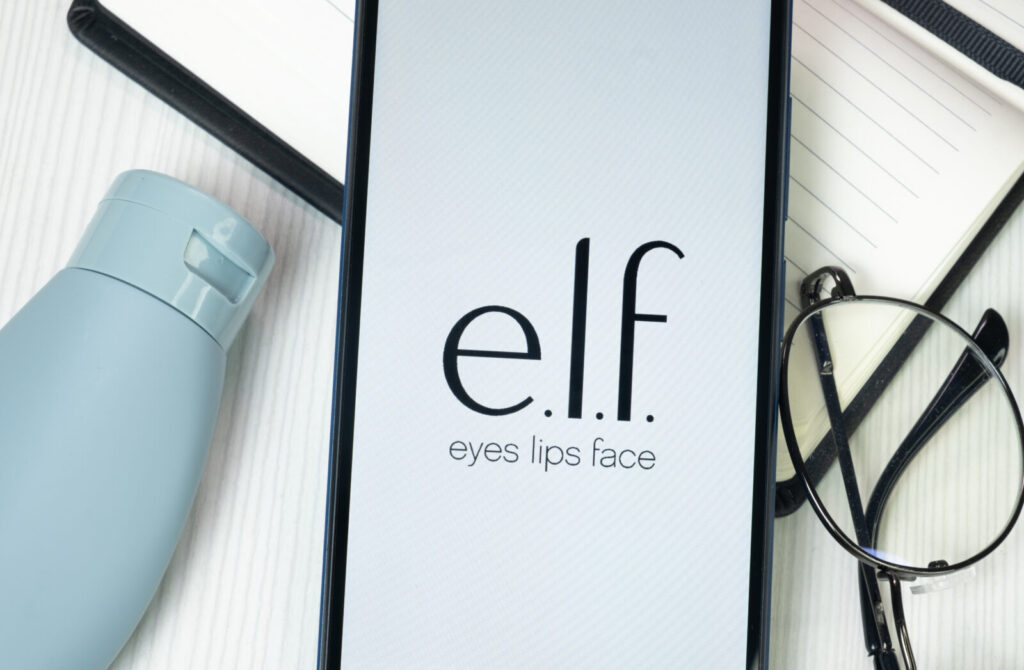Brief • 4 min Read

Non-fungible tokens (NFTs) have been touted as the next great innovation in blockchain technology. However, the market has struggled to keep consumers engaged. A recent report found that NFT sales have gone down 92% from their peak last September. That said, there is still an opportunity for brands to leverage NFTs to reach new customers. A recent study by the Harris Poll shows how consumers are currently feeling about NFTs and gives insights into what brands can do to succeed in the NFT space.
Customers welcome new technologies and look to brands for insight
Consumers largely view brands as the authority on technology trends. In fact, 76% of U.S. adults agree that brands typically know more about emerging technology than consumers do. More than that, 80% agree that leveraging this expertise in marketing efforts can be a good way to reach new audiences. Consumers’ receptiveness to technology-centric outreach indicates that, while sales have fallen, brands shouldn’t dismiss NFTs as a failed fad.
What did I just buy?
Since their inception, NFTs have been mainly used to authenticate ownership of digital collectibles. With some NFTs priced as high as $210,000, collectors have bought and sold NFTs to gather unique digital collectibles (and hopefully earn a profit). However, confusion has been mounting about what rights are guaranteed to consumers that buy NFTs.
Many NFT customers think purchasing NFTs gives them more than what is guaranteed by most tokens. A quarter (24%) of U.S. adults (and 41% of current NFT investors) think that buying an NFT guarantees exclusive rights to distribute and display content associated with the NFT. Additionally, 21% of U.S. adults (and nearly half of those currently invested in NFTs) expect an NFT purchase to include exclusive rights to copy content associated with the NFT. Neither of these copyright privileges are guaranteed by purchasing an NFT.
Consumers want to know what they’re buying. Providing clear information about what an NFT actually provides buyers is crucial in consumer retention. Four in five (80%) of those who were already very likely to buy an NFT were more likely to buy after learning that exclusive rights to duplicate, distribute, or display the content associated with the NFT are not guaranteed to the owner. For people who are already on board with NFTs, transparency is key to retention.
The bubble hasn’t burst, yet…
Experts believe that the recent decline in NFT sales is not a sign of a bubble bursting, which offers brands that are looking to enter the space in an interesting position. That said, 41% of the general public are not at all interested in purchasing an NFT. How do brands get these consumers on board? The answer is by providing value to customers.
Brands have the opportunity to innovate in the NFT space and put forward a use that provides value to the general public. It’s likely not sustainable for brands to use NFTs solely to authenticate digital collectibles. Whether it’s through offering NFT-specific membership programs, authentication of physical products through NFTs, or another innovative NFT use case, the door is open for brands to provide new uses for NFTs that provide value to people not already interested in blockchain technology.
It’s up to brands to innovate and find functional uses for NFTs that appeal to consumers. If that can’t happen, NFTs might become a digital footnote in the ever-evolving metaverse.
Methodology
This research was conducted online in the United States by The Harris Poll between April 8-11, 2022 among 1,065 U.S. adults (age 18+). Figures for age, sex, race and ethnicity, education, region, household income, and propensity to be online have been weighted where necessary to bring them into line with their actual proportions within the population. Respondents for this survey were selected from a pool of potential respondents who have agreed to participate in The Harris Poll’s online research. For this study, the sample data is accurate to within +/- 4.0 percentage points using a 95% confidence level. For more information, please contact Madelyn Franz, or Andrew Laningham.
Subscribe for more Insights
Subscribe to our newsletter for the latest trends in business, politics, culture, and more.
Related Content









